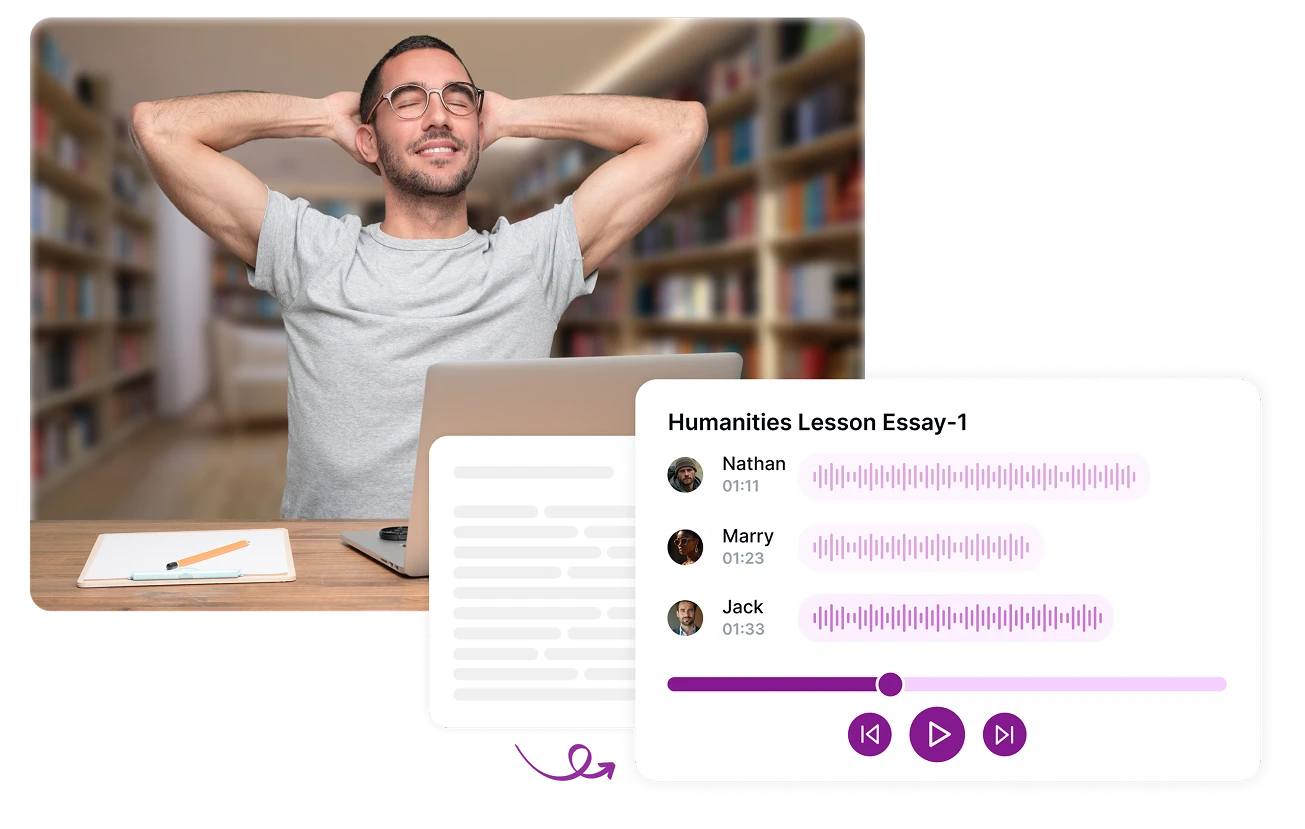Text to presentation (TTS) engineering has appeared as a progressive software for improving accessibility across different systems and industries. By changing prepared text into talked words, TTS ensures individuals with diverse wants and choices can accessibility and communicate with digital material more effectively text to speech. Even though initially created for people who have visible impairments, its purposes have extended tremendously, giving advantages for a wide range of users.

One of the main methods TTS supports convenience is by empowering people with aesthetic impairments or examining difficulties like dyslexia. Based on the Earth Health Firm, over 2.2 billion people globally knowledge some type of perspective impairment. TTS bridges that difference by enabling these people to eat site content, documents, and also educational products within an audio format. Rather than pushing around examining monitors or produced material, users may count on top quality, natural-sounding comments to relay information effectively.
Beyond helping those with visible or examining difficulties, TTS also plays an important position in improving digital inclusivity. With over 15% of the global population experiencing some kind of disability, electronic areas must focus on diverse needs. TTS guarantees that site content, e-learning tools, and portable applications remain available, irrespective of literacy levels, cognitive qualities, or language barriers. For instance, individuals understanding an additional language may use TTS to listen to appropriate pronunciations, increasing their understanding and fluency.
The technology also keeps great value for multitaskers and on-the-go professionals. Whether commuting or working with an active schedule, many people benefit from consuming written material through music channels. TTS empowers customers to "read" articles, messages, or papers while operating, exercising, or doing different jobs, making it a versatile supply tool.

Statistics further reinforce their rising popularity. A current study stated that global text-to-speech market price is expected to achieve $7 thousand by 2030, fueled by increasing need for accessibility answers in areas like healthcare, education, and e-commerce. With more companies adopting TTS, we're witnessing a change toward generally inclusive content designed for varied audiences.
The advantages don't end with physical accessibility. TTS has also increased client experiences in electronic environments. Voice-driven chatbots, improved navigation techniques, and self-service kiosks powered by TTS create easy and user-friendly relationships, reducing friction for folks who may struggle with published interfaces.
The growing adoption of TTS items to the next wherever digital content is more inclusive, efficient, and useful for everyone. By integrating text-to-speech engineering in to daily purposes, we are one stage nearer to creating availability a standard as opposed to an afterthought.
